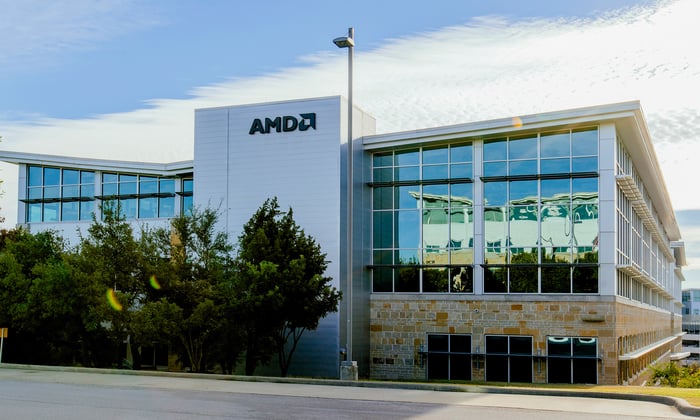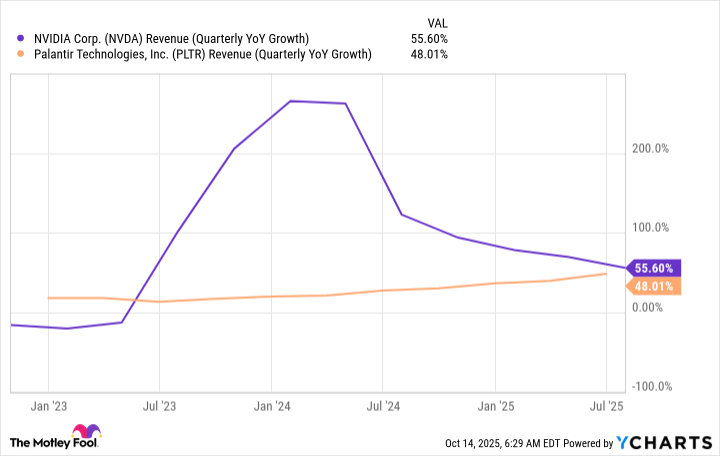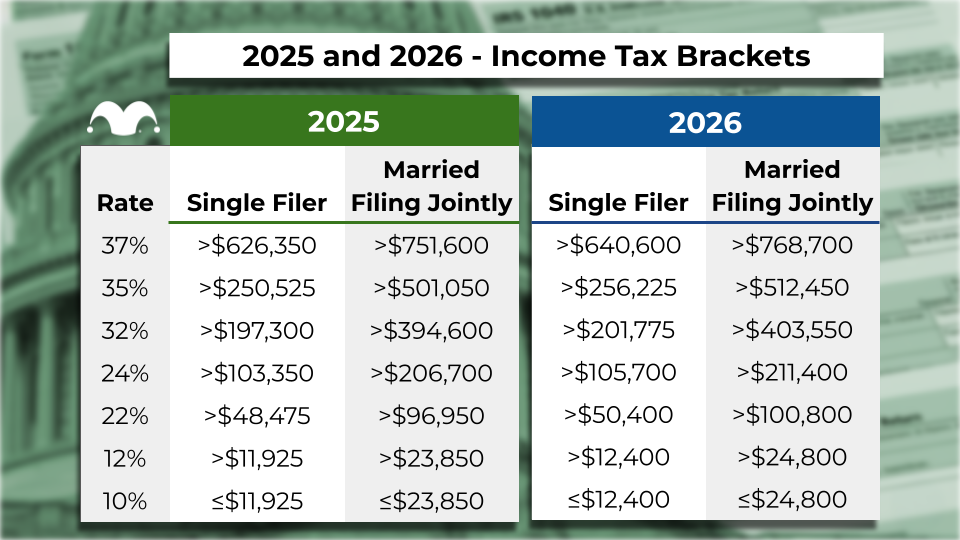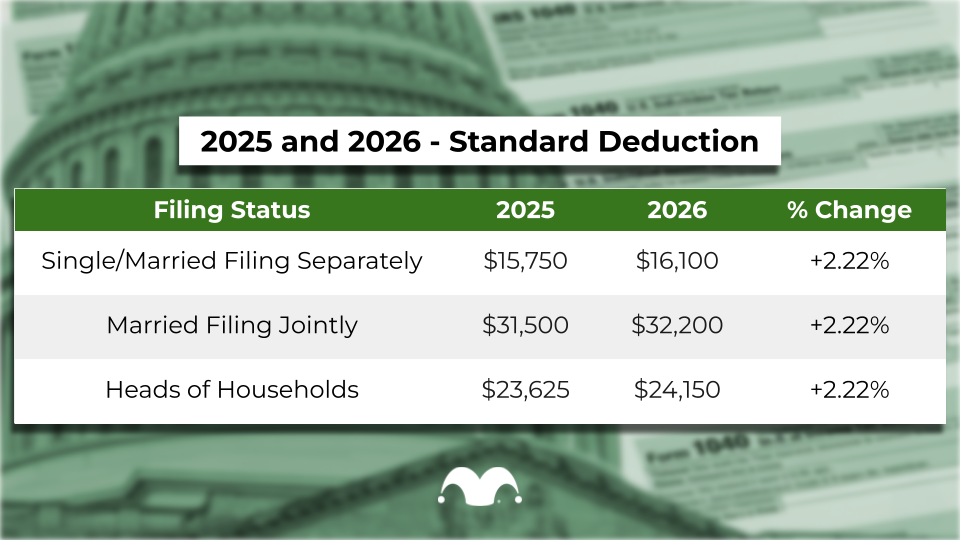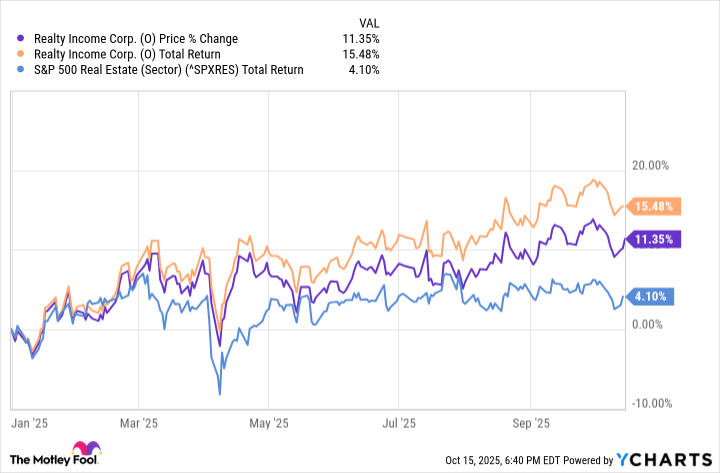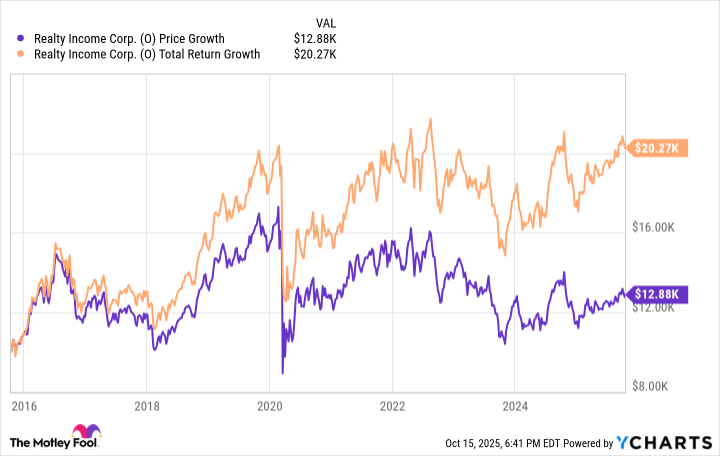U.S. credit card balances have surged in the past several years, from $787 billion in Q2 2021 to $1.2 trillion in Q2 2025. Though the pace of increases has slowed in 2025, average credit card interest rates still hover around 25%, leading to balances that swell faster than many can pay them down.

Image source: Getty Images.
Debt can happen at any age
There’s never a good time to get caught up in high-interest debt, but the situation is particularly critical when that debt prevents you from investing for retirement. Regardless of your current age, the last thing you want to do is give up aspects of your retirement because you can’t afford them.
Due to soaring inflation, retirees outspend their annual incomes by more than $4,000, according to data from the Bureau of Labor Statistics. With limited options to bridge that financial gap, more are turning to credit cards to cover everyday expenses. In fact, 41% of households headed by someone between the ages of 65 and 74 carry credit card debt. Few of these households likely expected to depend on credit cards as they planned for retirement.
But it’s not just those who’ve reached retirement age who depend on credit cards. Experian offers this overview of average credit card debt by age:
|
Age |
Average credit card balance |
|---|---|
|
Generation Z (born 1997-2012) |
$3,493 |
|
Millennials (born 1980-1996) |
$6,961 |
|
Generation X (born 1965-1979) |
$9,600 |
|
Baby Boomer (born 1946-1964) |
$6,795 |
|
Silent Generation (born 1928-1945) |
$3,445 |
What credit card debt means to retirement
Let’s say you’re 55, part of Generation X, and owe $9,600 in credit card debt. If your cards carry an average annual percentage rate (APR) of 25% and you make monthly credit card payments totaling $300, it will take you 54 months to pay the cards off. Worse, you’ll spend $6,384 on interest.
Now, imagine that your credit card debt didn’t exist, and you invested that $6,384 instead. Assuming an average annual return of 7%, it would be worth $12,558 in 10 years, $17,614 in 15 years, and $24,704 in 20 years. That’s assuming you never contribute another penny to the investment. It may not be a fortune, but any money invested can be combined with Social Security and other sources of income to help you in retirement.
Whether you’re an experienced or beginner investor, freeing up the money currently spent on monthly credit card payments is one of the surest ways to bolster your retirement savings.
The trick is to get your credit card debt under control. Here are three ideas to get you started.
1. Look into a consolidation loan
Consider a personal loan with a lower interest rate than you’re paying on your credit cards (ideally, much lower). Use that loan to pay off your credit cards and then make regular monthly payments until the loan is paid off in full.
Again, let’s say you owe $9,600 in credit card debt. The personal loan you land has an APR of 11%. By making the same monthly payment of $300, the loan will be paid off in 39 months rather than the 54 months it would have taken to pay down the credit cards. Better yet, you’ll spend $1,815 in interest, saving you $4,569.
2. Take advantage of a pay-down option
Snowball and avalanche methods are two of the most popular ways to pay off existing debt. Here’s how they work:
- Snowball method: Prioritize paying off your smallest debt first while continuing to make minimum payments on your other debts. Once the smallest debt is paid off, move to the next smallest balance, adding the money you were putting toward the first debt to pay down the second debt at a faster clip. Once the second smallest debt is paid off, move on to the third smallest, and so on. With each debt you pay off, you have more money available to pay toward the next one, creating a snowball effect.
- Avalanche method: Prioritize paying off the debt with the highest interest rate (regardless of balance). Once the debt with the highest rate is paid off, move to the debt with the next highest interest rate, and so on. Like the snowball method, each debt you pay off gives you more money for the next debt.
3. Consider a debt management plan
Debt management plans (DMPs) consolidate your credit card debt into a single monthly payment. Typically offered through certified credit counseling agencies, DMP counselors work on your behalf to:
- Help you determine how much you can afford to pay each month.
- Negotiate with your creditors to adjust your repayment terms.
- Accept your monthly payment and distribute it to your creditors.
While DMPs may be an effective way to climb out of debt, they can initially hurt your credit score, so be sure you understand the pros and cons before entering a DMP agreement.
Credit card debt is not insurmountable, but it does take effort to conquer. The sooner you do that, the sooner you can make progress toward your ideal retirement. Whether that’s fishing every day, visiting your grandkids, or retiring to a beach in a foreign country, it’s your dream to build.



